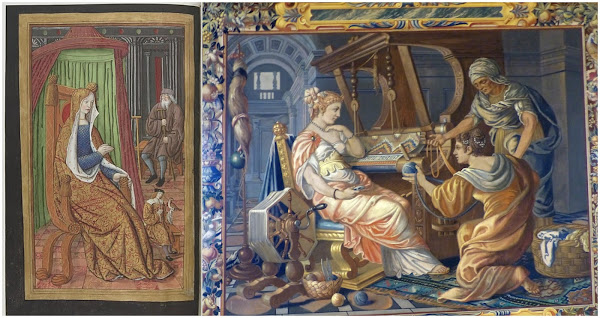Hamlet and Cicero on Conscience

“Conscience” in Hamlet is often in dialectic, or even process of formation; in Cicero, more idealized. Compare: HAMLET : O...that the Everlasting had not fix'd His canon 'gainst self-slaughter! (1.2.133-6) HAMLET : The play’s the thing Wherein I’ll catch the conscience of the King. (2.2.633-4) POLONIUS : We are oft to blame in this (’Tis too much proved), that with devotion’s visage And pious action we do sugar o’er The devil himself. CLAUDIUS (aside): ’tis too true! How smart a lash that speech doth give my conscience. (3.1.52-8) HAMLET : Thus conscience does make cowards of us all, And thus the native hue of resolution Is sicklied o’er with the pale cast of thought, And enterprises of great pitch and moment With this regard their currents turn awry And lose the name of action. (3.1.91-6) LAERTES : ...I’ll not be juggled with. To hell, allegiance! Vows, to the blackest devil! Conscience and grace, to the profoundest pit! I dare damnati...











